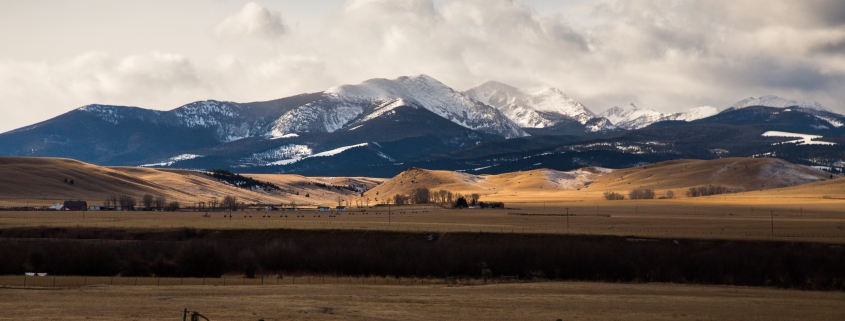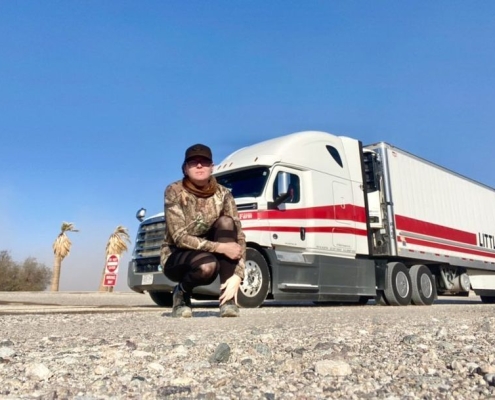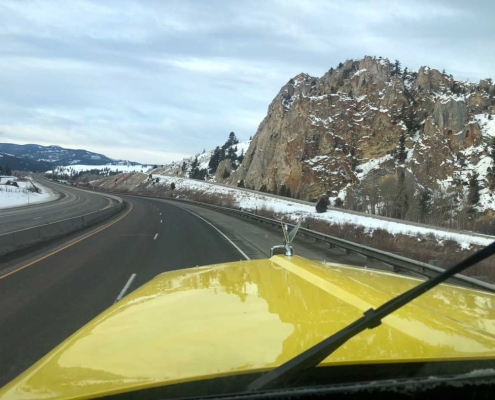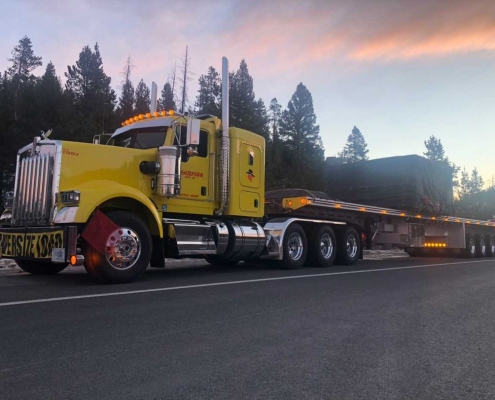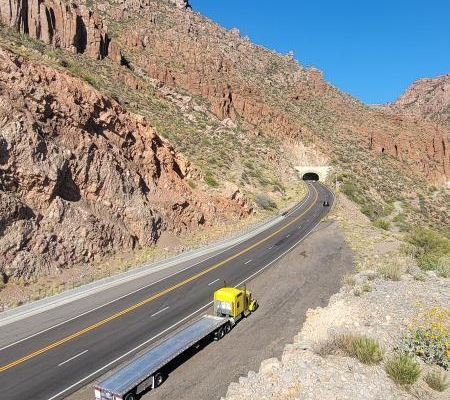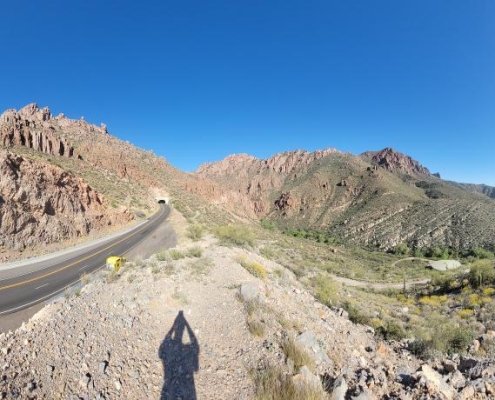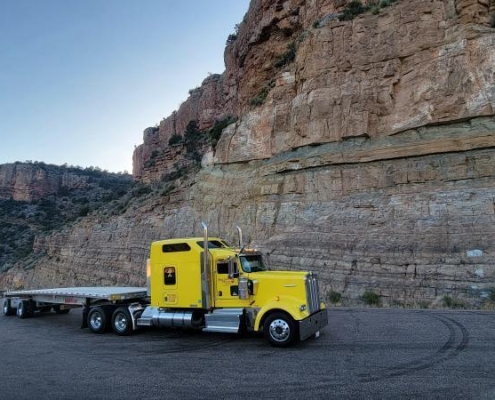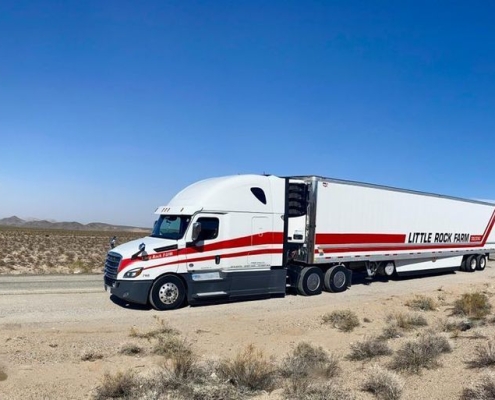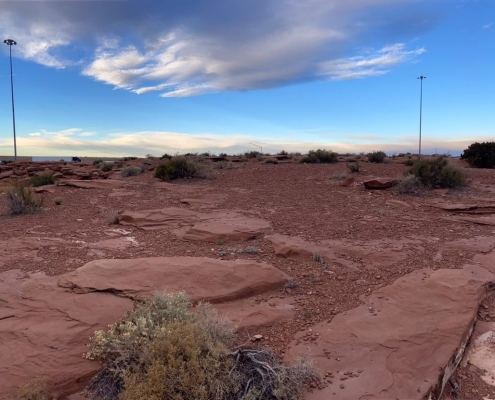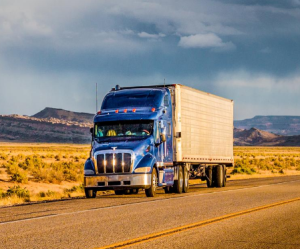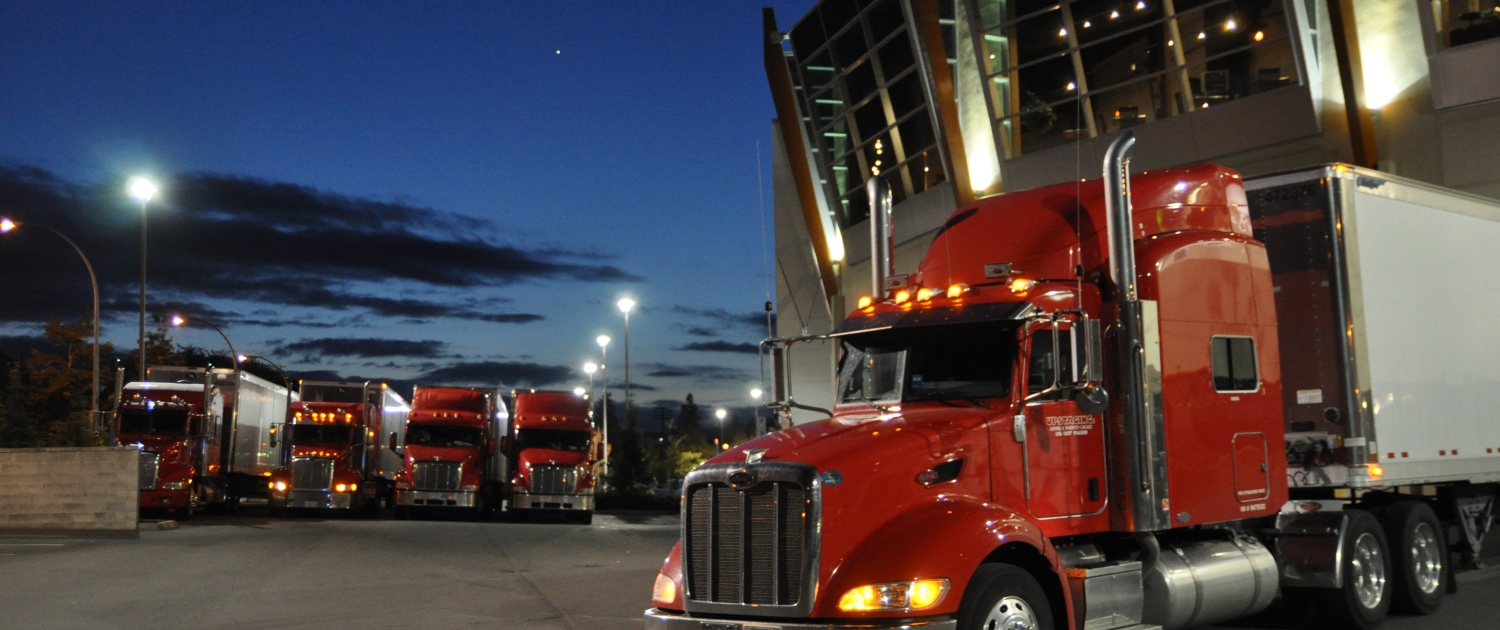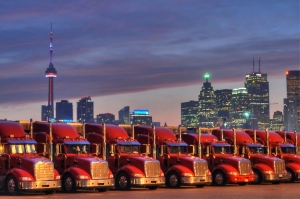
Truck driving is one of the few careers where you have the chance to work with your spouse. There are advantages and disadvantages to this option, and things you can do to make the experience more enjoyable. Here’s what you need to know before taking the plunge into truck driving with your spouse.
Advantages of Truck Driving with your Spouse
 More Money
More Money
One of the big advantages of driving together is that you have the chance to earn more money. With the current HOS regulations, a solo driver can only drive for 11 hours a day before they need to take a 10-hour break. When there are two drivers in the cab, one can sleep while the other drives. This means that team drivers can cover about double the amount of ground in the same amount of time as solo drivers.
Time Together
Another obvious advantage of truck driving with your spouse is the time you get to spend together. Truck driving is a unique profession which takes you away from home for long periods of time. OTR drivers have it particularly tough as they may see their family for only a few days before getting back on the road for weeks at a time. Being able to drive with your spouse eliminates this issue.
Less Need for Home Time
Home time is a crucial factor that drivers consider before accepting job offers, as many drivers are looking to balance their work and home life. If you’re truck driving with your spouse, this changes the equation entirely.
You don’t have to take a local or regional job that may be lower paying in order to have more time with your spouse. Instead of your trucking career being a detriment to your home life, it could provide the chance to reduce loneliness and renew your marriage.
Tips for truck driving with your spouse
 Depending on how you handle it, driving with your spouse can help you reconnect or can drive you further apart. Here are some tips for drivers who are considering hitting the road with their spouse.
Depending on how you handle it, driving with your spouse can help you reconnect or can drive you further apart. Here are some tips for drivers who are considering hitting the road with their spouse.
Have You Worked Together Before?
If you two have had any previous experience working together in other professions; what was that like? Did you find your previous experience to be positive?
Even if you didn’t work together, you may have worked on shared projects together at home. How is your work style while sharing domestic tasks? Did you have a big argument about which furniture to buy, or how to rearrange the kitchen?
If you’ve had positive experiences while making joint decisions, it’s a good indicator that you’ll be comfortable working together behind the wheel.
Make Alone Time a Priority
No matter how much two people love each other, they can get on each other’s nerves if they spend too much time together, especially in cramped quarters. Make sure you both bring plenty of books, music, games, and other activities that can be used alone or in tandem.
While your spouse is driving, you may want to be together part of the time, rest for another part, with the option to engage in a solo activity when needed.
Still Take Time Off
Truck driving with your spouse doesn’t have to be all work and no play! If you’re lucky enough that the arrangement works for you, make sure to get the most out of it. There can still be date nights and lazy afternoons even though you aren’t at home.
Since you’re already on the road, get out of the truck and make sure to explore. There are beautiful scenic spots all across the country, and new towns and cities to explore together. You can even document your travels through photography and scrapbooks or engage in a new hobby together.
Also, don’t forget the importance of days off. Just because you’re together more often and get more rest, doesn’t mean you don’t need time away from work.
We spoke with Angela, a CDL driver who drives with her husband, Larry. Angela told us about what it’s like driving with your spouse, and what she likes the most and least about it.

CDL drivers, Angela and Larry
How long have you two been driving together?
Larry and I have been driving together for eight years.
What do you like the most about driving together?
Our kids are all grown and, in the military, so now we can spend time together and see the country.
What do you like the least?
For Larry, it’s the lack of quality sleep as we sleep while the truck is moving. For me it is not seeing our grandkids enough.
Do you have any advice for couples who are thinking about driving together?
Communication and patience are the keys. Being together 24/7 means you’re going to have rough days. Give yourself space even if it means going into the back of the sleeper and closing the privacy curtains. Realize that there will be days when you’ll be running so hard, you’ll barely see each other. Just always keep the lines of communication open and you’ll be fine.
Any interesting stories from your time on the road together?
I’ve got a few different stories, but my favorite is about my parents. They retired a few years ago and got an RV to travel in. My mom and Dad have never seen me drive a semi before and my mom kept saying, “I know I’m going to a see you out there on the highway one day!” My dad would tell me that she would check every semi-truck that looked like ours. One day I’m driving down the road outside of Tucson and this white van is beside me. Suddenly, I noticed this lady hanging out the window waving at me. At first, I’m like “What is that crazy lady doing?” And then I saw that crazy lady was my mom! Luckily, we were seven miles from a rest area, so we all pulled over so they could get a tour of the truck. My dad for the first time in a long time was holding back tears because he was so proud of me.
Overall, truck driving with your spouse can offer incredible advantages if you have the opportunity to do it. Being prepared for it and having the right perspective can make the difference between a rewarding experience or a frustrating one.
Looking for a new CDL Job?
Drive My Way matches you with a job based on your preferences like pay, home time, touch level, and more.



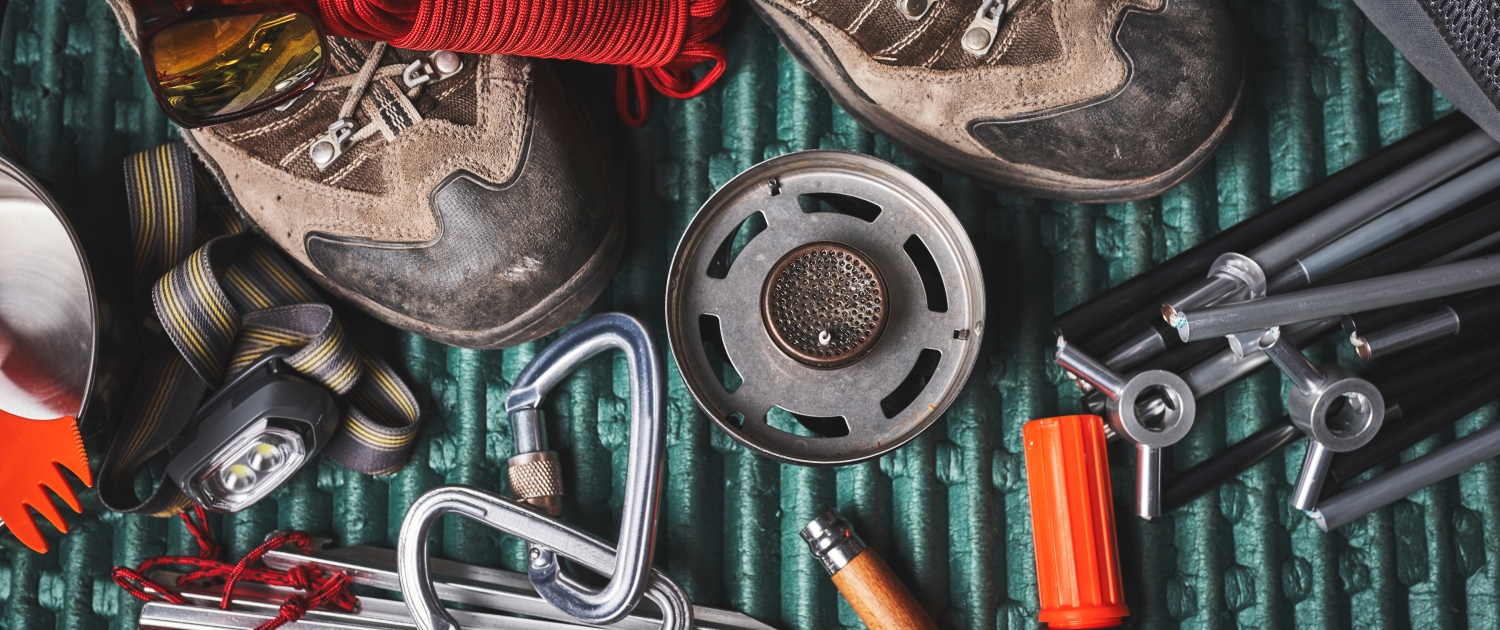
 Studies show that living in a
Studies show that living in a  While you won’t be able to fix everything on your truck, having the right tools to tighten, straighten, or replace something in a pinch can be the difference between waiting hours for roadside assistance and getting back on the road in a matter of minutes.
While you won’t be able to fix everything on your truck, having the right tools to tighten, straighten, or replace something in a pinch can be the difference between waiting hours for roadside assistance and getting back on the road in a matter of minutes.  The importance of taking care of yourself on the road can’t be overstated. While most of the items on this list seem like common sense, it’s never a bad idea to double check to make sure you’re not missing anything important.
The importance of taking care of yourself on the road can’t be overstated. While most of the items on this list seem like common sense, it’s never a bad idea to double check to make sure you’re not missing anything important. 
 For most drivers, their smartphone is all they need for entertainment when stopped for the night. But if you’re looking to spend less time on your phone, there are a number of options for entertainment that don’t involve your smartphone.
For most drivers, their smartphone is all they need for entertainment when stopped for the night. But if you’re looking to spend less time on your phone, there are a number of options for entertainment that don’t involve your smartphone.  Here are some other things you might want to add to your list.
Here are some other things you might want to add to your list.
 While this isn’t always possible for OTR and regional drivers, limiting rest area stops at night is the best way to protect yourself on the road. When you do have to stop at a rest stop, avoid stopping at the nearest truck stop. Instead, do some research on the best ones on your route.
While this isn’t always possible for OTR and regional drivers, limiting rest area stops at night is the best way to protect yourself on the road. When you do have to stop at a rest stop, avoid stopping at the nearest truck stop. Instead, do some research on the best ones on your route. The same rules that apply to parking garage and parking lot safety also apply to truck stops. If you need to get out of your cab at night, there’s a few different things you can do to be as safe as possible.
The same rules that apply to parking garage and parking lot safety also apply to truck stops. If you need to get out of your cab at night, there’s a few different things you can do to be as safe as possible.  When people talk about protecting themselves, one thing usually comes to mind; firearms. While many drivers do prefer to carry while in their vehicle, there are some things you should be aware of if you plan on doing the same.
When people talk about protecting themselves, one thing usually comes to mind; firearms. While many drivers do prefer to carry while in their vehicle, there are some things you should be aware of if you plan on doing the same.  Working out on the road is much easier said than done. Trucking isn’t a 9-5 job where you can find ample time to exercise during the evenings and on weekends. Truckers are out on the road for days,
Working out on the road is much easier said than done. Trucking isn’t a 9-5 job where you can find ample time to exercise during the evenings and on weekends. Truckers are out on the road for days,  Becoming a master of your own body weight is one of the best feelings out there. These exercises center around using either no equipment or the equipment around you (or on your truck) for support.
Becoming a master of your own body weight is one of the best feelings out there. These exercises center around using either no equipment or the equipment around you (or on your truck) for support.  While bodyweight exercises are great, keeping a bit of spare room in your cab for some light exercise equipment will give you a whole new range of workouts to do.
While bodyweight exercises are great, keeping a bit of spare room in your cab for some light exercise equipment will give you a whole new range of workouts to do.  While most of the exercises you’ll see for truck drivers center around things you can do with your own bodyweight or equipment that can fit in your cab, it’s easier than you think to find a gym if you really want it.
While most of the exercises you’ll see for truck drivers center around things you can do with your own bodyweight or equipment that can fit in your cab, it’s easier than you think to find a gym if you really want it.  If you’re really looking to change your lifestyle and get in better shape, you can’t overstate the role healthy eating plays. You can have the best workout regimen around, but if you’re still eating poorly, getting fit is going to be an even bigger uphill battle.
If you’re really looking to change your lifestyle and get in better shape, you can’t overstate the role healthy eating plays. You can have the best workout regimen around, but if you’re still eating poorly, getting fit is going to be an even bigger uphill battle.  The Iowa 80, located right off exit 284 on the I-80 is the world’s largest truck stop, and somewhere that almost every OTR truck driver has been to at least once. But do you know about all the unique services they offer or how it became the world’s largest truck stop? Here’s everything you need to know about the historic truck stop.
The Iowa 80, located right off exit 284 on the I-80 is the world’s largest truck stop, and somewhere that almost every OTR truck driver has been to at least once. But do you know about all the unique services they offer or how it became the world’s largest truck stop? Here’s everything you need to know about the historic truck stop. 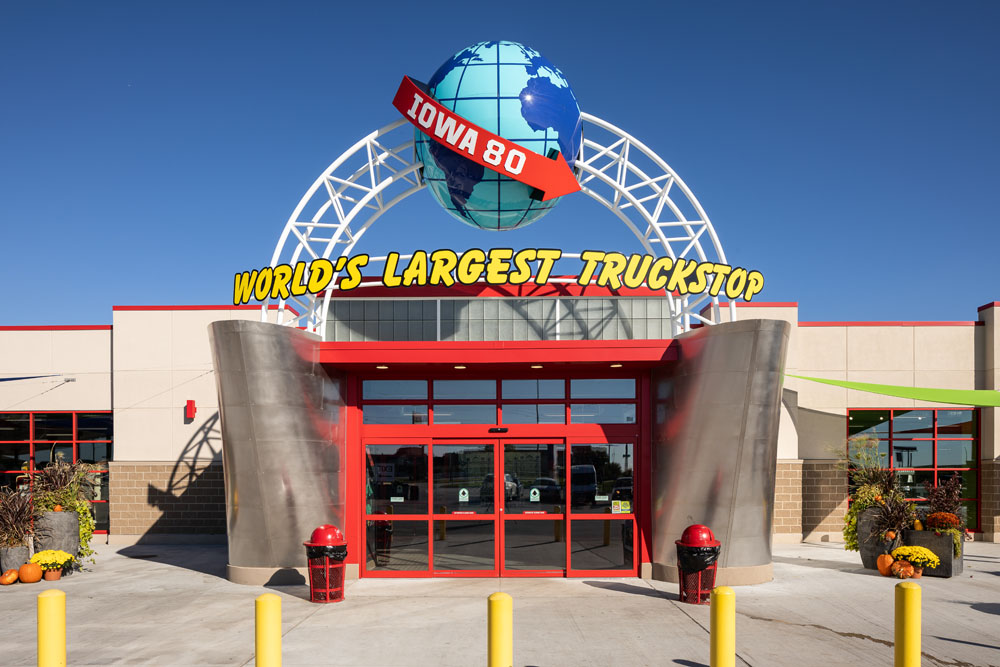
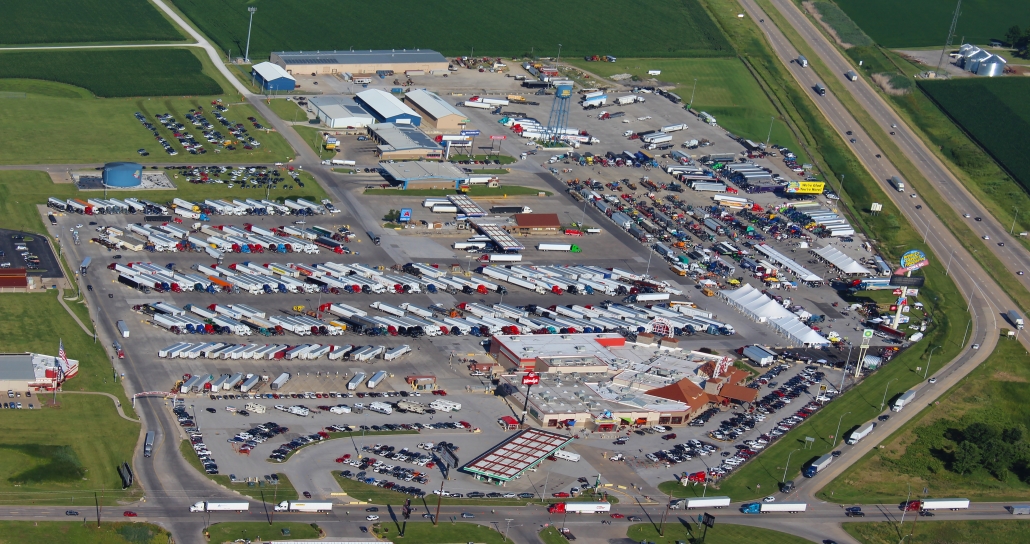
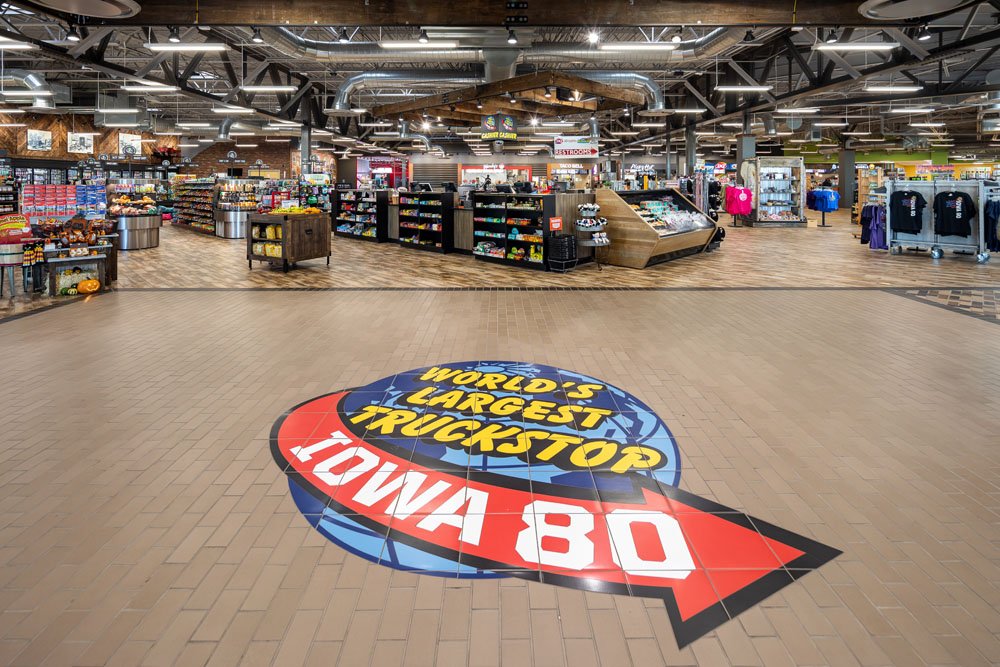
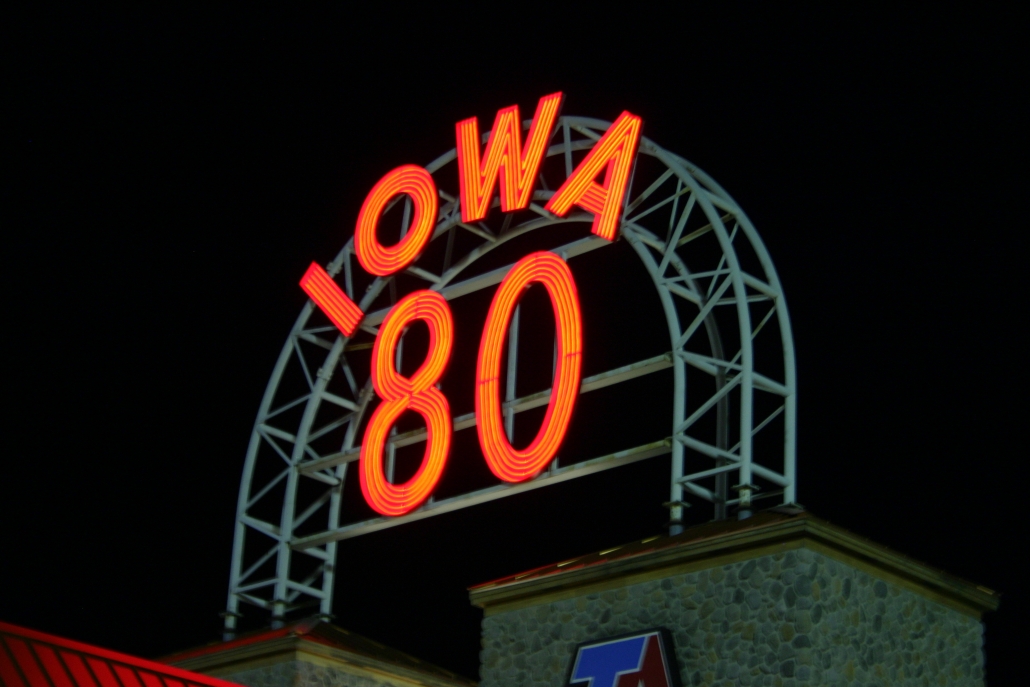
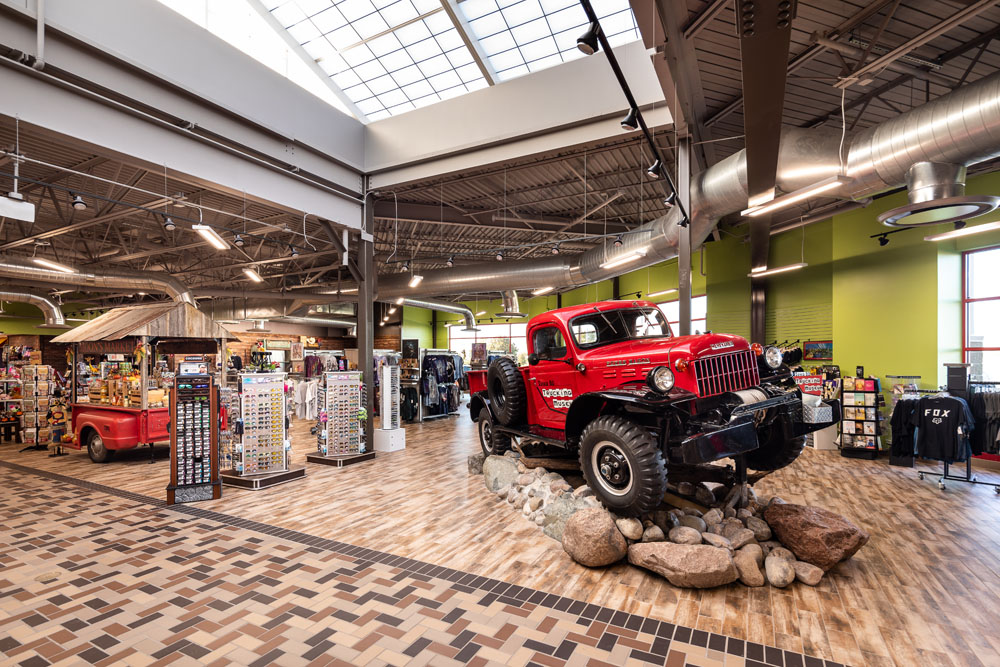
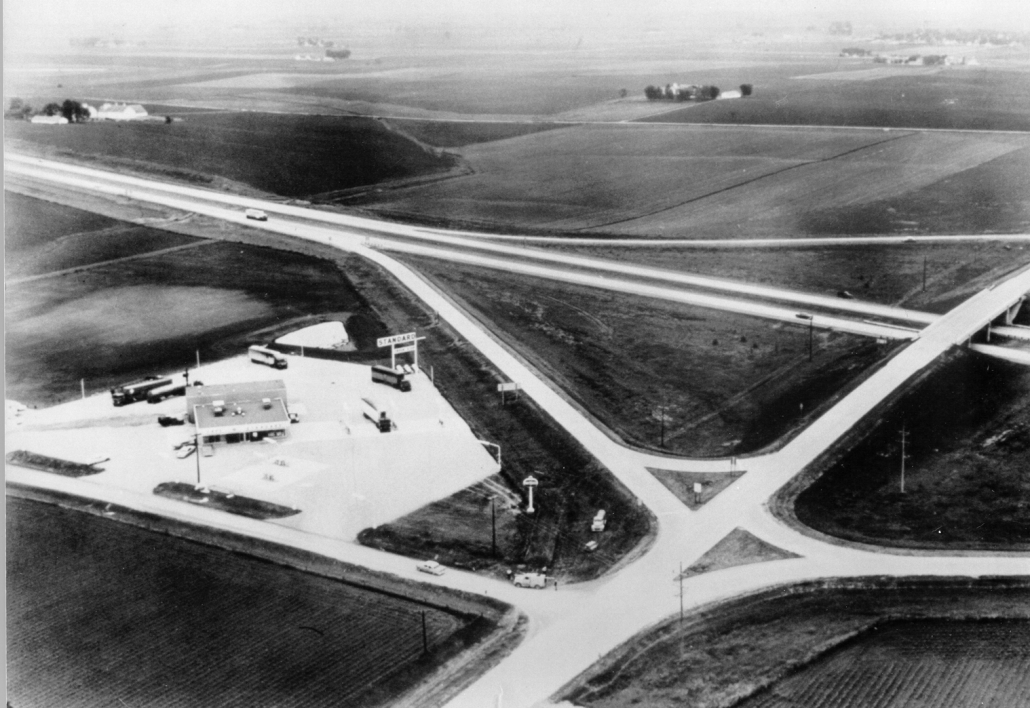
![WLT_Sign_cropped[1]](https://www.drivemyway.com/wp-content/uploads/2022/06/WLT_Sign_cropped1-909x1030.jpg)
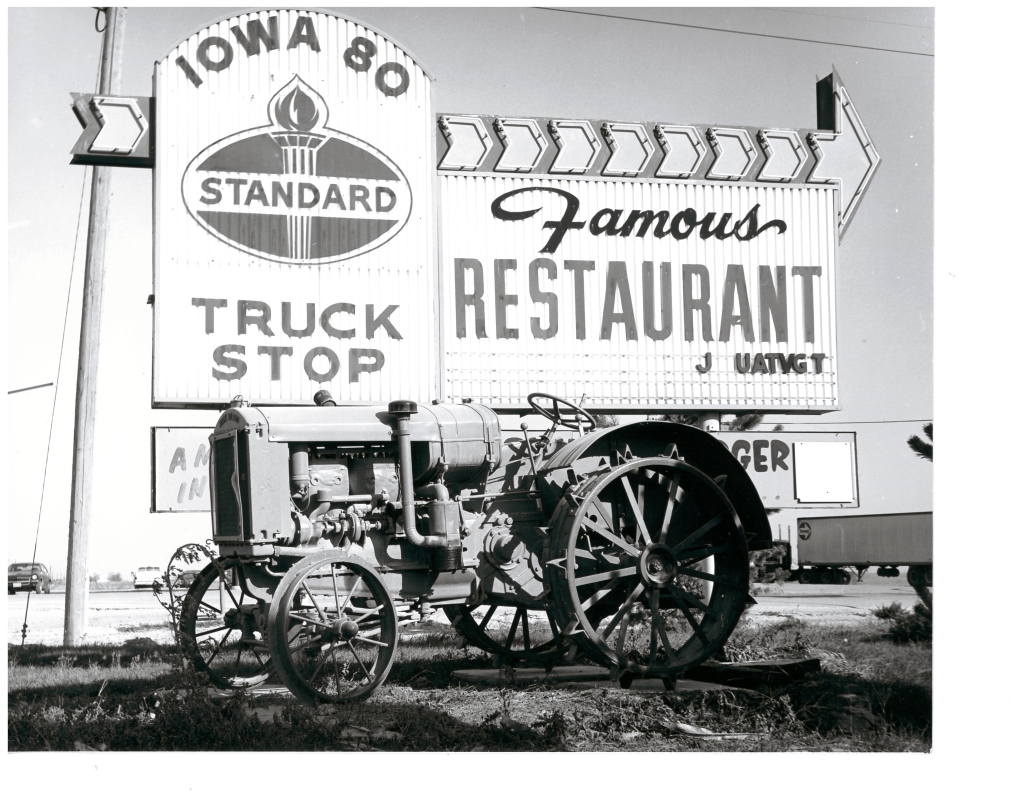
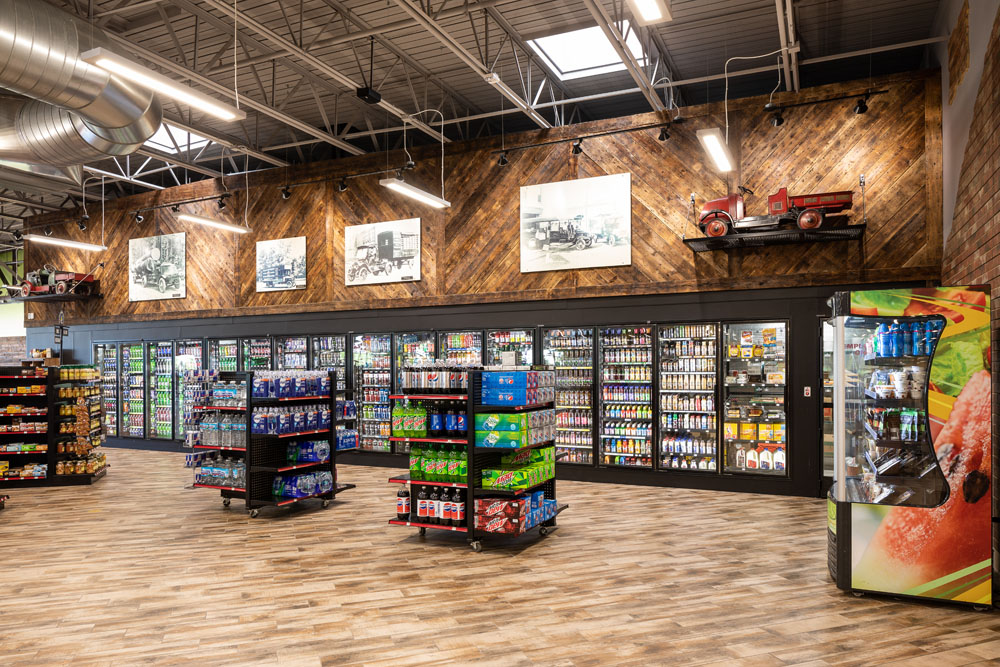
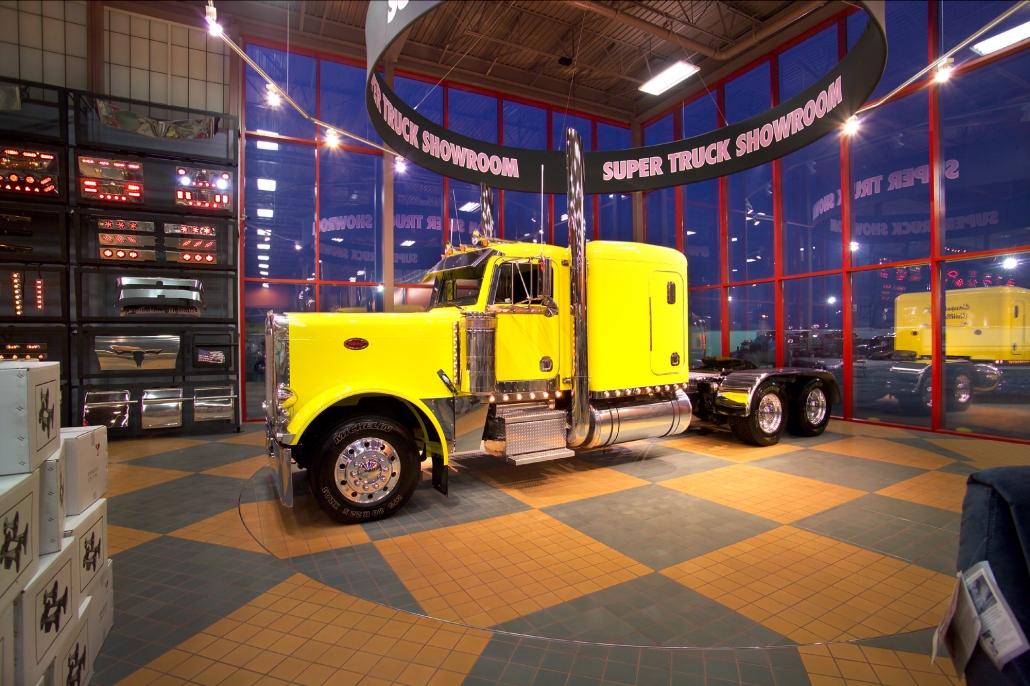
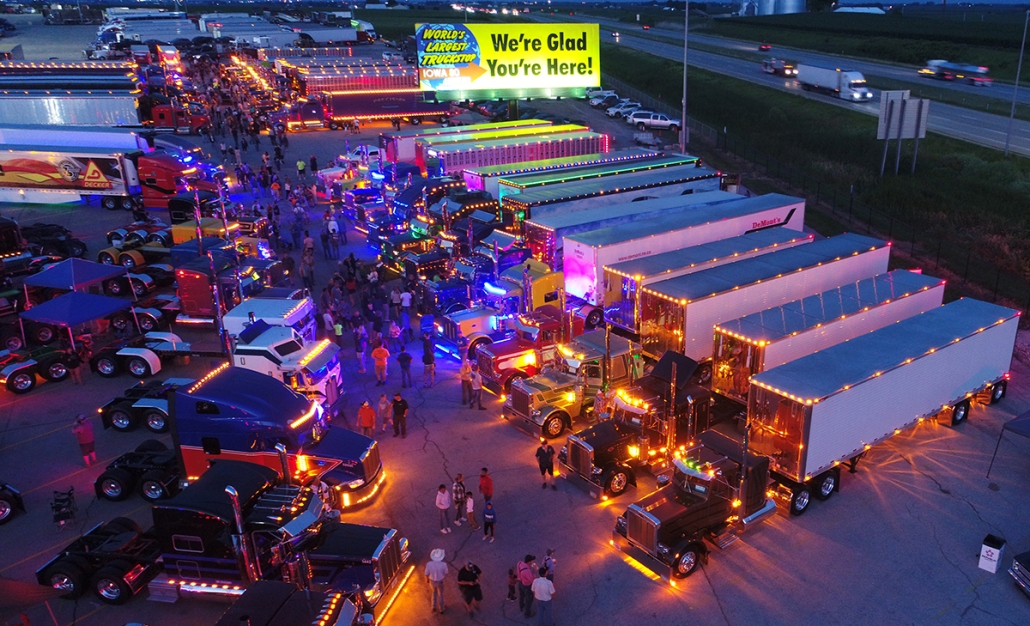
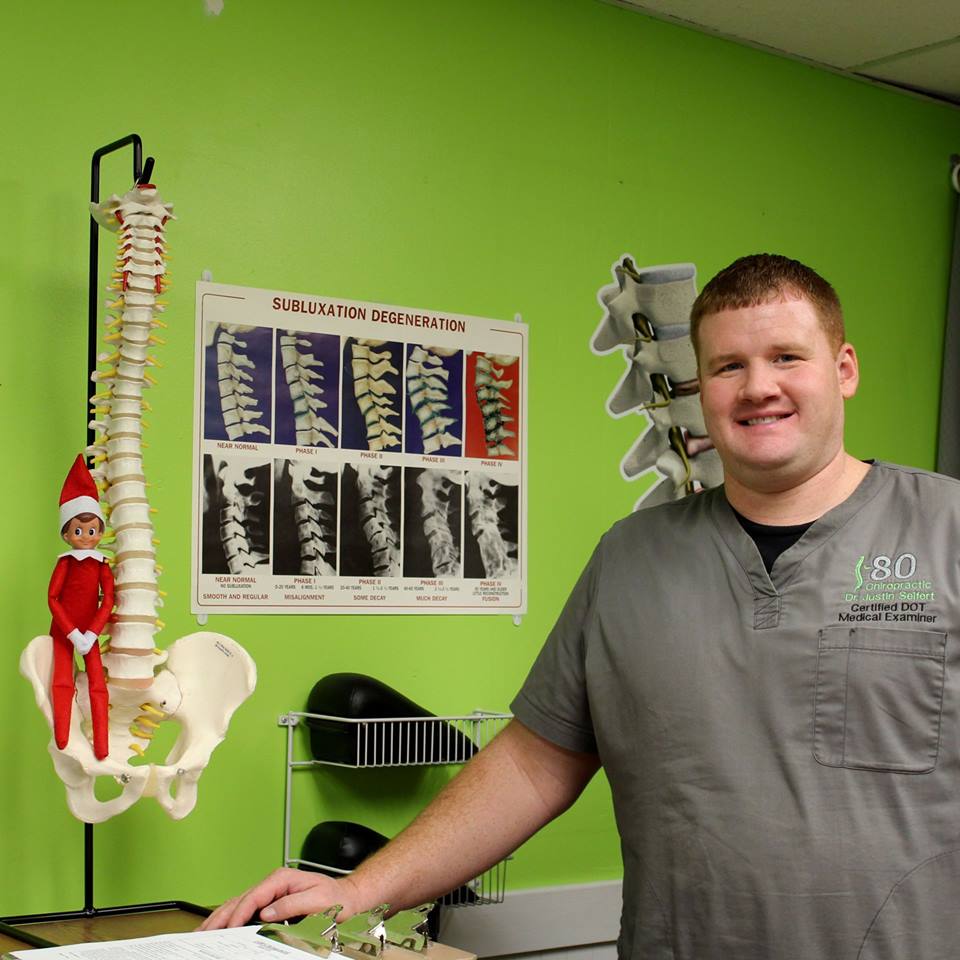
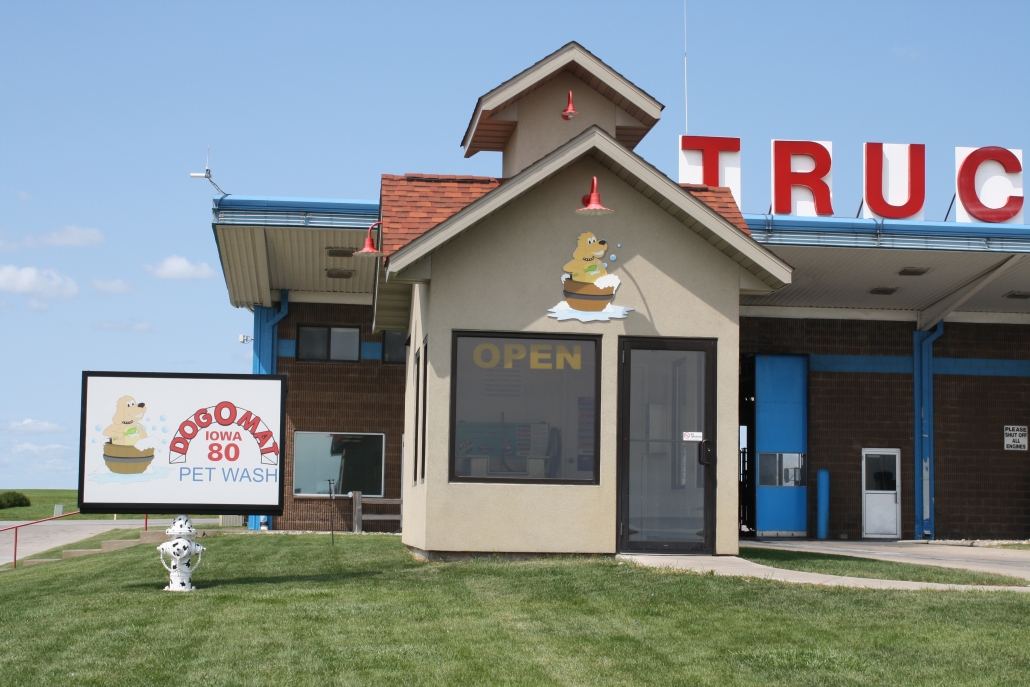


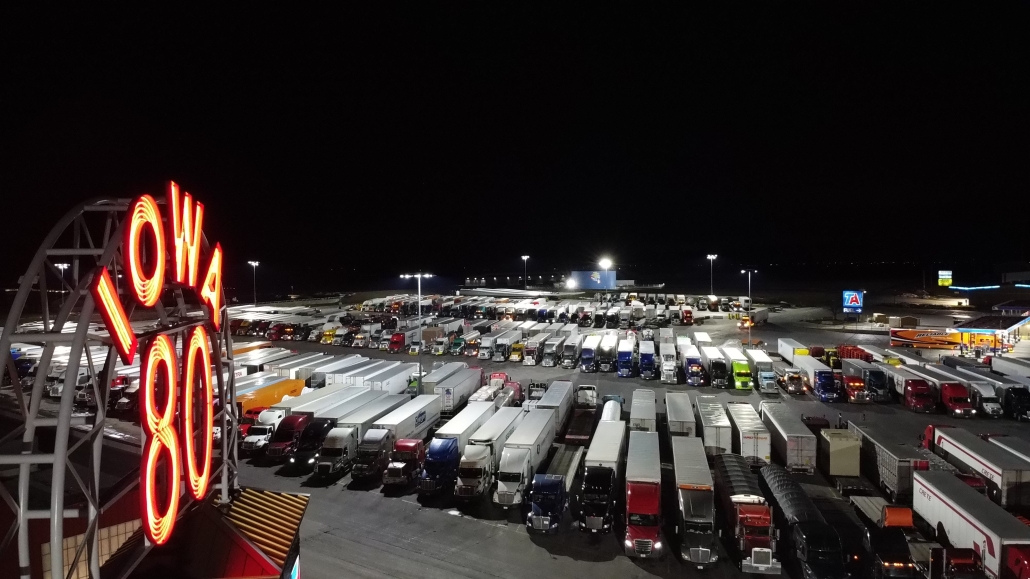
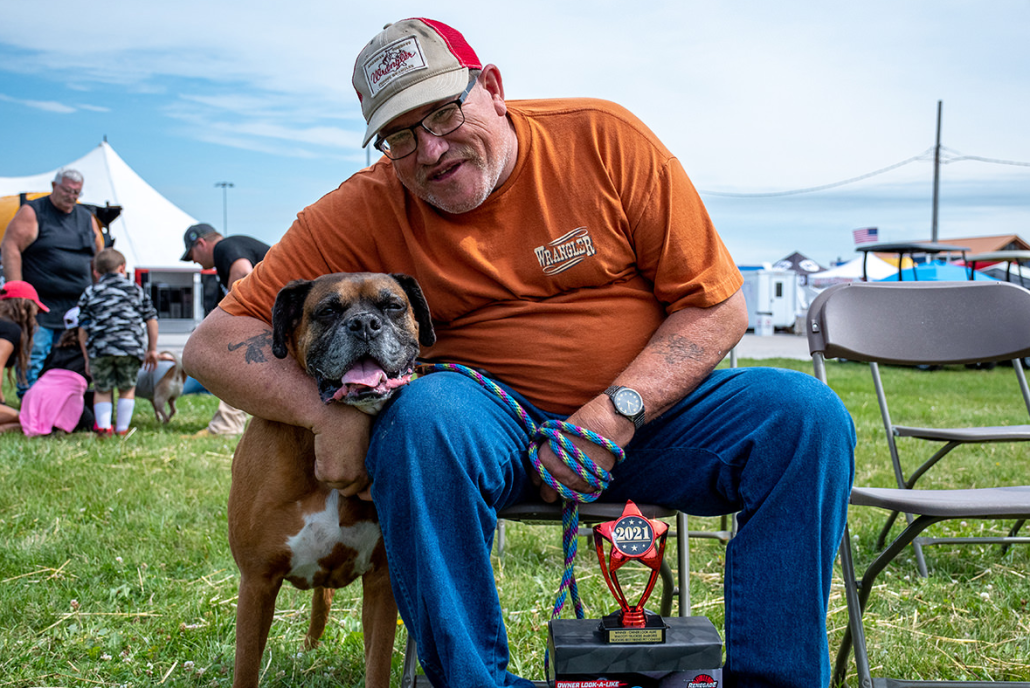
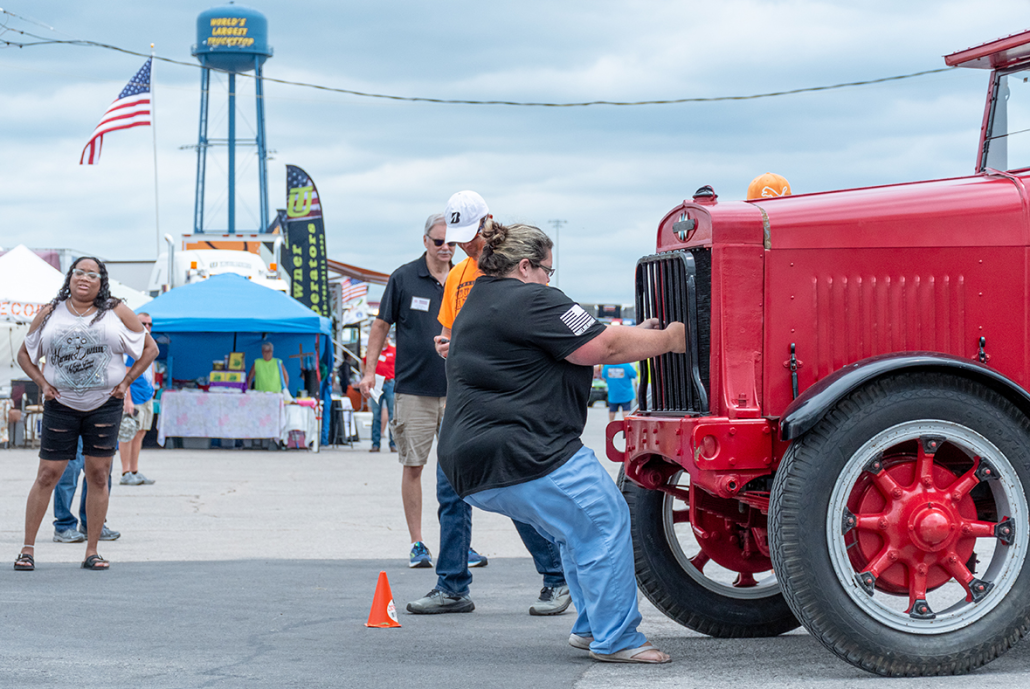
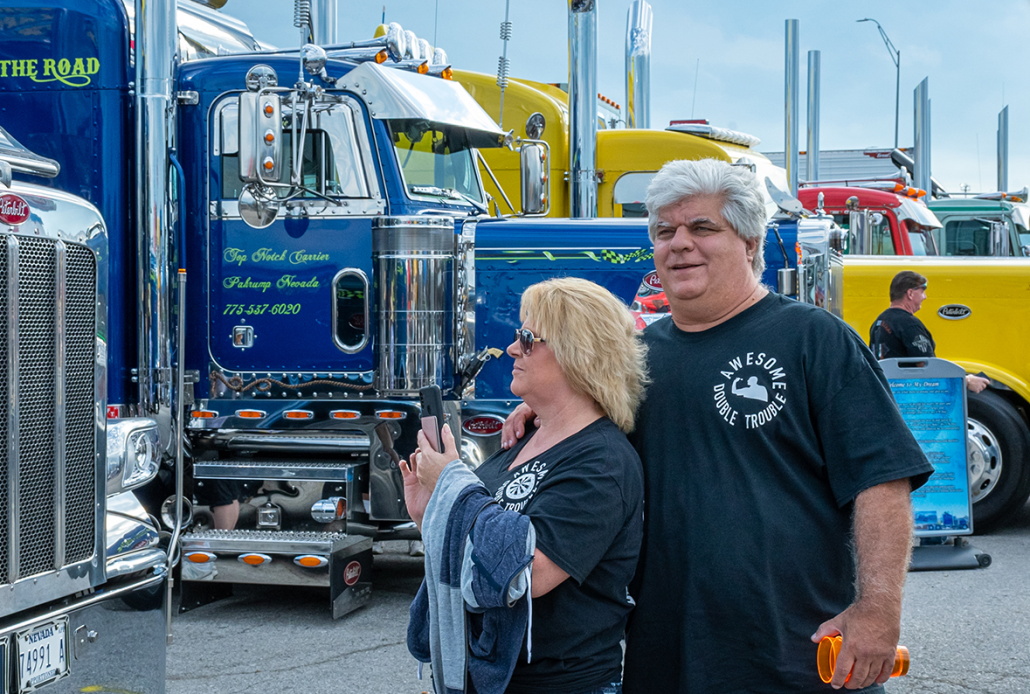
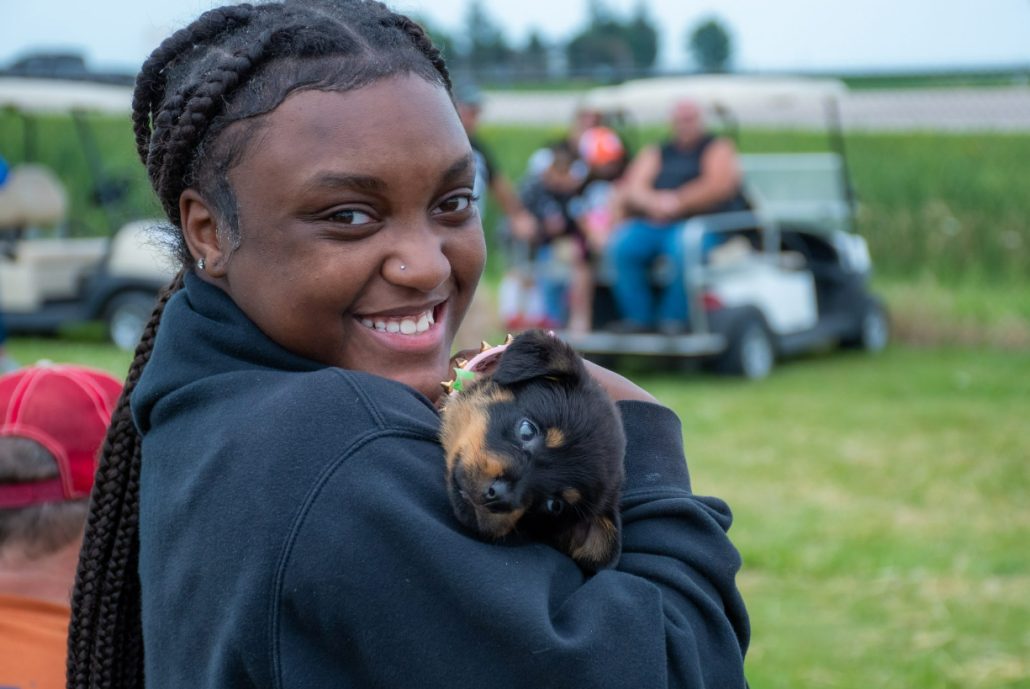

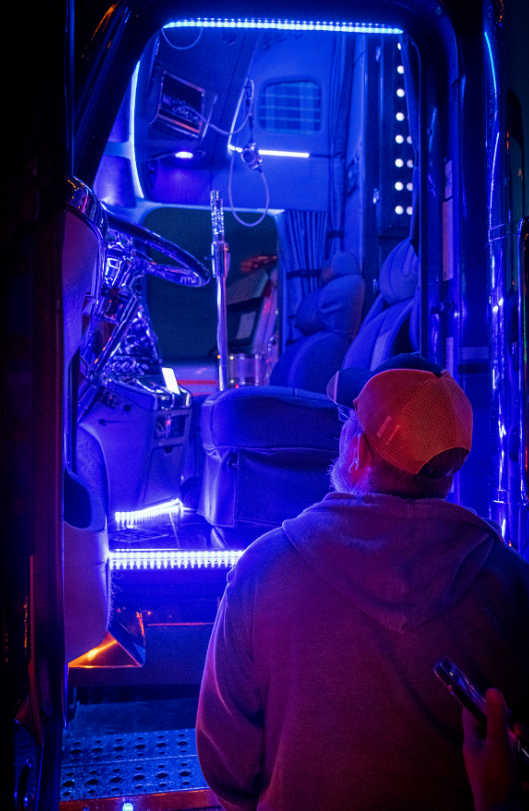
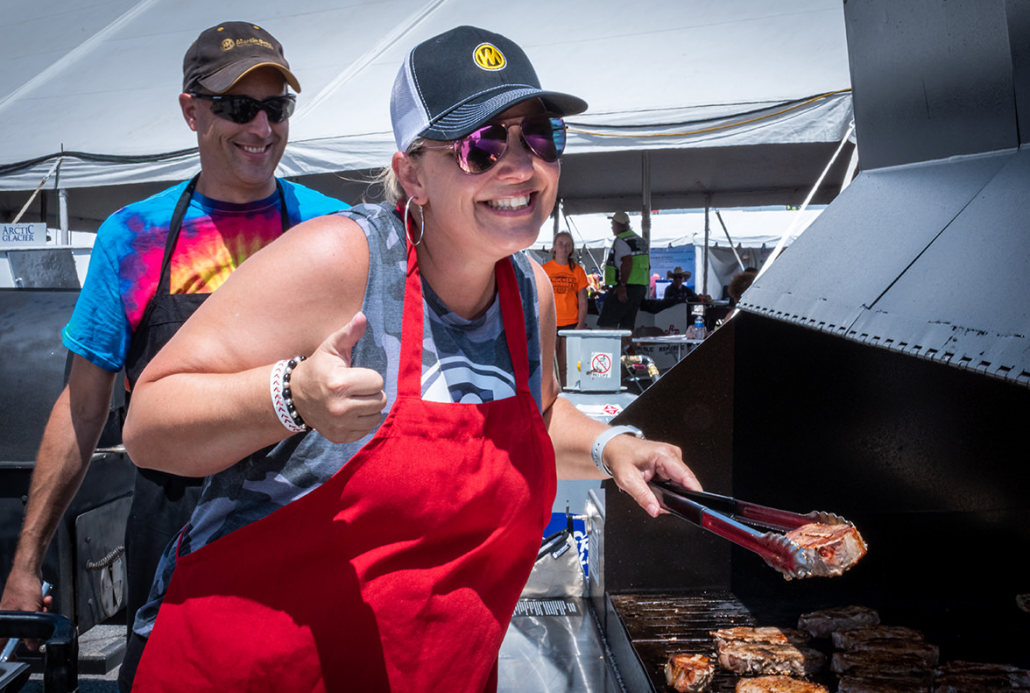

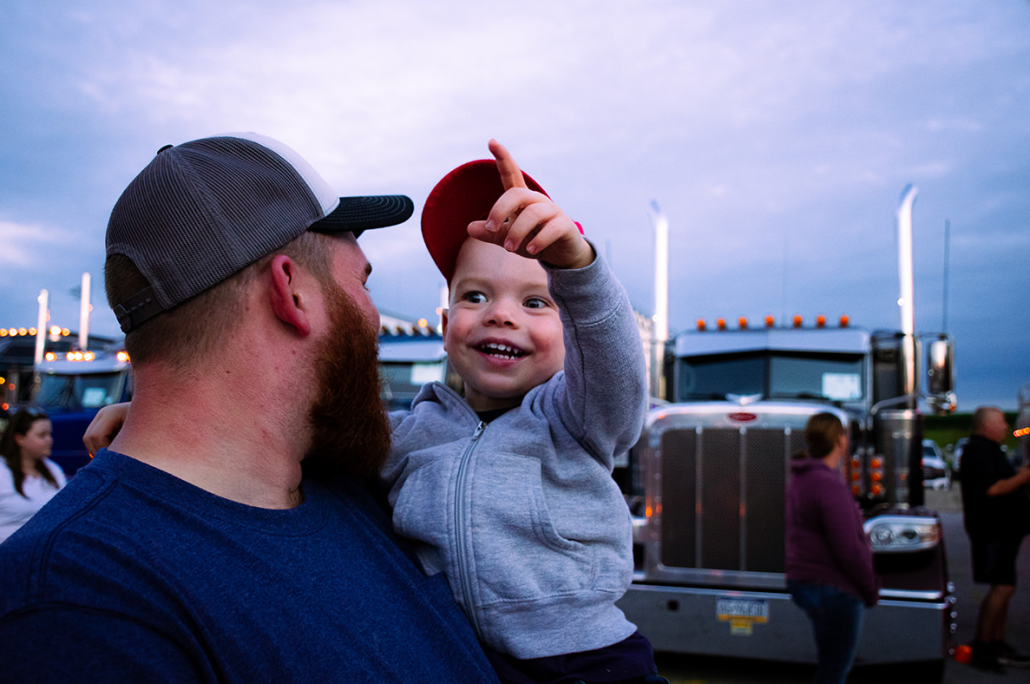

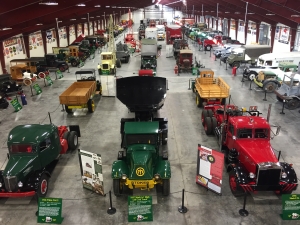
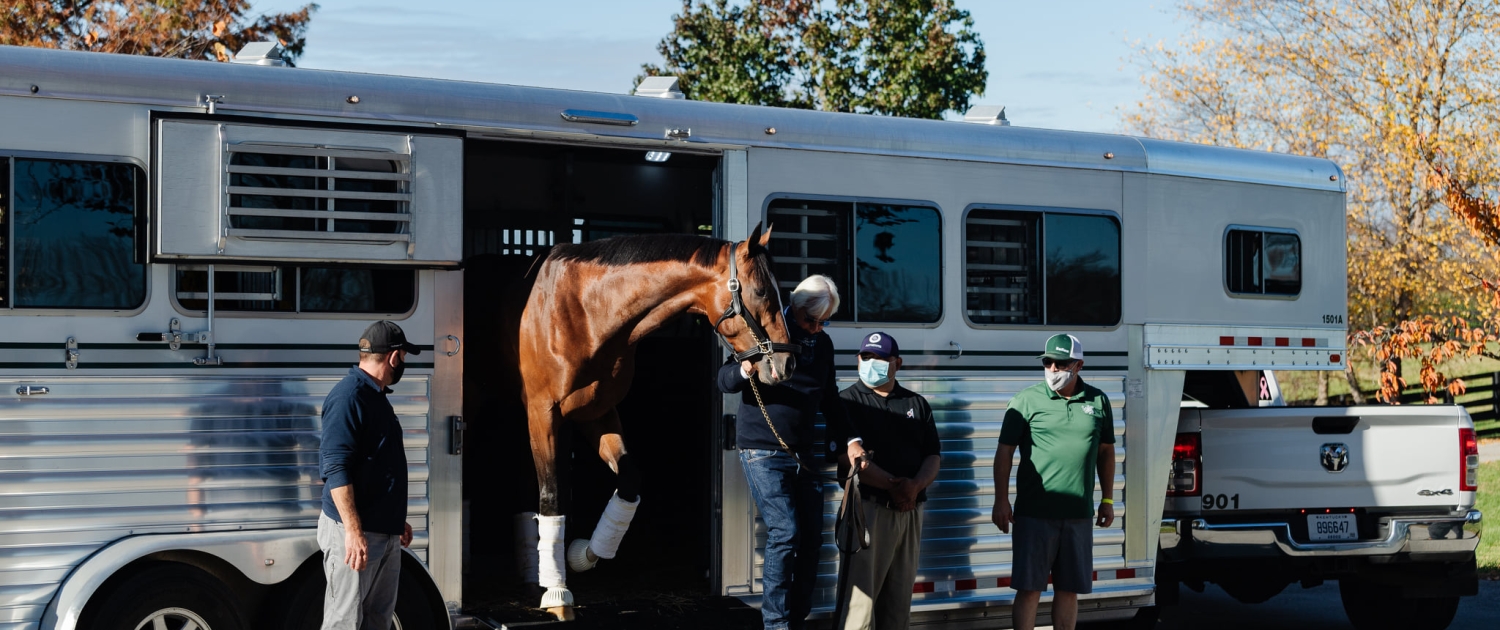 This past May, 16 million people tuned in to watch one of the biggest upsets in Kentucky Derby history. Rich Strike, a horse who the day before, wasn’t even slated to race, did the unthinkable and won the 148
This past May, 16 million people tuned in to watch one of the biggest upsets in Kentucky Derby history. Rich Strike, a horse who the day before, wasn’t even slated to race, did the unthinkable and won the 148 A horse transport truck driver is a driver who transports horses from place to place. This could be from training facility, to racetrack, farm, or anywhere else they need to go. These positions are typically either
A horse transport truck driver is a driver who transports horses from place to place. This could be from training facility, to racetrack, farm, or anywhere else they need to go. These positions are typically either  You’ll of course need to have your CDL A before becoming a horse transport truck driver. Aside from that, you’ll also need to learn how to load, unload, and handle the challenges of transporting large animals like horses. Luckily, most carriers that specialize in this work will train you on that.
You’ll of course need to have your CDL A before becoming a horse transport truck driver. Aside from that, you’ll also need to learn how to load, unload, and handle the challenges of transporting large animals like horses. Luckily, most carriers that specialize in this work will train you on that. Since horse transporting is a specialization in the trucking industry, these drivers tend to make more than your traditional OTR driver. The exact numbers depend on which company you drive for but can reach more than $100,000 annually.
Since horse transporting is a specialization in the trucking industry, these drivers tend to make more than your traditional OTR driver. The exact numbers depend on which company you drive for but can reach more than $100,000 annually.
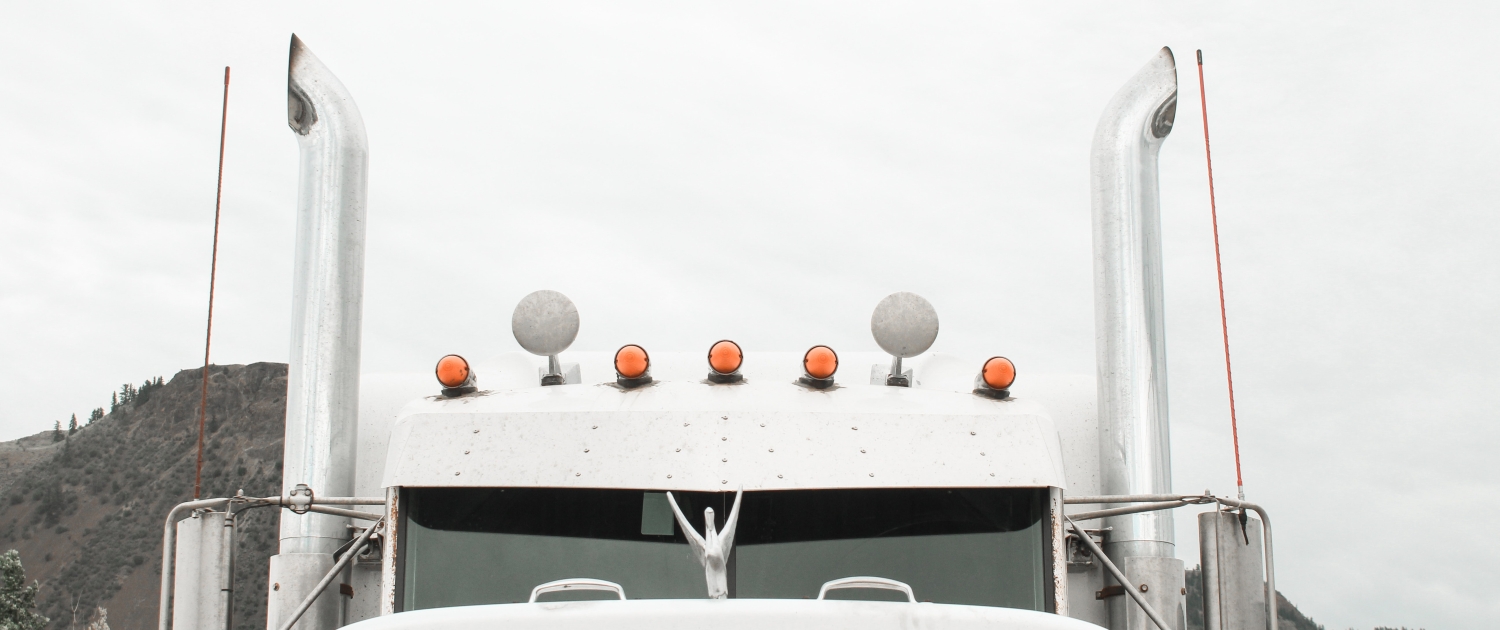 Even after graduating from a CDL school, many drivers feel like they’re not ready for all of the challenges life on the road throws at them. This is understandable as there’s a lot to being a truck driver that isn’t included in CDL schools.
Even after graduating from a CDL school, many drivers feel like they’re not ready for all of the challenges life on the road throws at them. This is understandable as there’s a lot to being a truck driver that isn’t included in CDL schools.  A CDL Finishing Program is an entry-level position where a driver is teamed up with an experienced
A CDL Finishing Program is an entry-level position where a driver is teamed up with an experienced  Like with anything in life, it’s important to understand the terms of what you’re agreeing to before you sign-on. Some companies may want you to work for them for a designated amount of time after the program is up, while others may not.
Like with anything in life, it’s important to understand the terms of what you’re agreeing to before you sign-on. Some companies may want you to work for them for a designated amount of time after the program is up, while others may not.  Nope. Finishing Programs aren’t like CDL schools. It’s an entry-level position where you’ll be working for the company you’re signed on with and earning a
Nope. Finishing Programs aren’t like CDL schools. It’s an entry-level position where you’ll be working for the company you’re signed on with and earning a  Many large carriers offer finishing programs for new drivers.
Many large carriers offer finishing programs for new drivers.  What many OTR and Regional drivers love most about their job is the freedom they’re given. A big part of that freedom is hitting the open road and seeing the sights our country has to offer.
What many OTR and Regional drivers love most about their job is the freedom they’re given. A big part of that freedom is hitting the open road and seeing the sights our country has to offer.